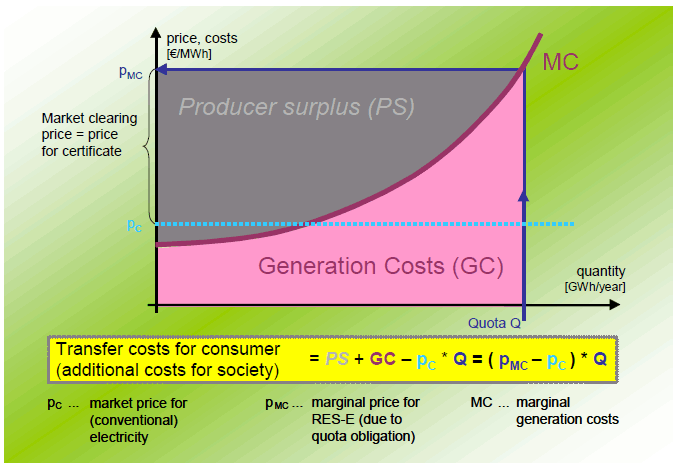

Figure 3-1: Basic definitions of the cost elements (illustrated for a RES trading system)
Support instruments have to be effective in order to increase the penetration of RES and efficient with respect to minimising the resulting public costs – i.e. the transfer cost for consumer (society), subsequently named support expenditures – over time. The criteria used for evaluating the various policy instruments are based on two conditions:
- Minimise generation costs: This objective is fulfilled if total RES-E generation costs (GC) are minimised. In other words, the system should provide incentives for investors to select technologies, scales and sites such that generation costs are minimised.
- Reduce producer profits to an adequate level: Once such cost-efficient systems have been identified, the next step is to evaluate various implementation options with the aim of minimising the transfer costs for consumer / society (1). This means that feed-in tariffs, investment incentives or RES trading systems should be designed in such a way that public transfer payments are also minimised. This implies lowering generation costs as well as producer surplus (PS) (2).
In some cases it may not be possible to reach both objectives simultaneously – minimise generation costs and producer surplus – so that compromises have to be made. For a better illustration of the cost definitions used, the various cost elements are illustrated in Figure 3-1.
| <<Back | >>Back to Introduction<< | Next>> |
(1) Support expenditures - i.e. the transfer costs for consumers (society) – due to RES support are defined as the financial transfer payments from the consumer to the RES producer compared to the reference case of consumers purchasing conventional electricity on the power market. This means that these costs do not consider any indirect costs or externalities (environmental benefits, change of employment, etc.). Within this report consumer expenditures (due to RES support) are either expressed in absolute terms (e.g. billion €), related to the stipulated RES generation, or put in relation to the total electricity / energy consumption. In the latter case, the premium costs refer to each MWh of electricity / energy consumed.
(2)The producer surplus is defined as the profit of green electricity generators. If, for example, a green producer receives a feed-in tariff of 60 € for each MWh of electricity sold and generation costs are 40 €/MWh, the resulting profit would be 20 € for each MWh. The sum of the profits of all green generators equals the producer surplus.